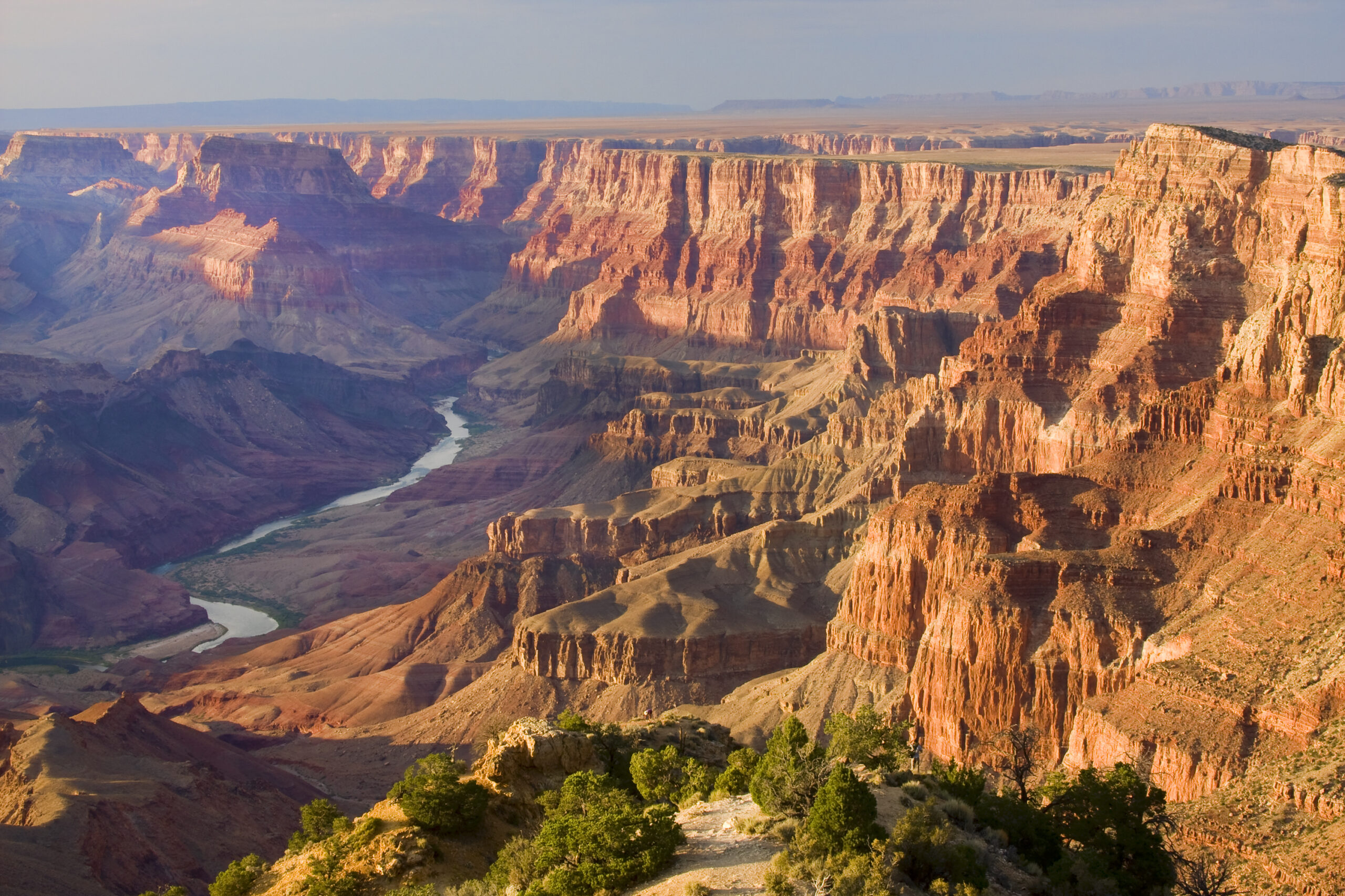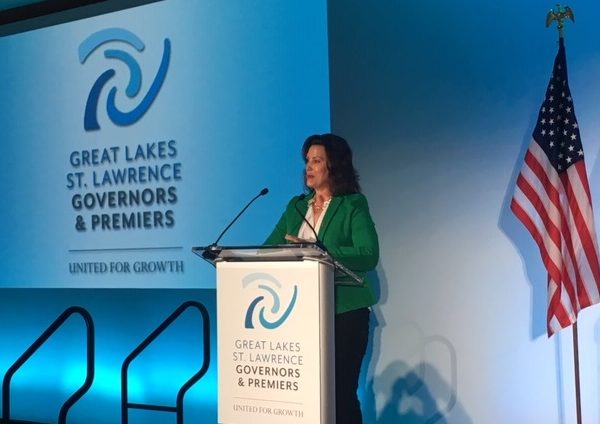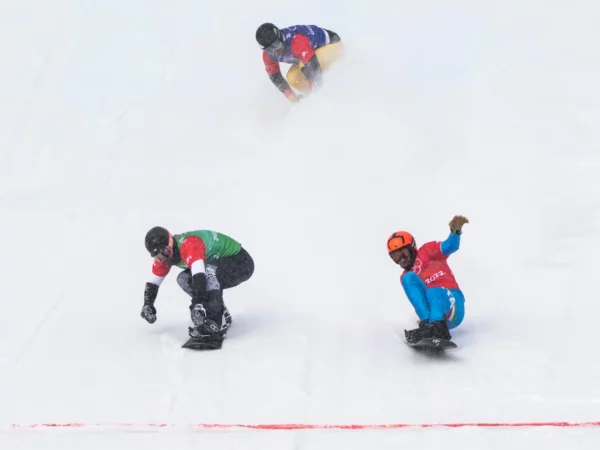
By Native News Online Staff, Native News Online
This article originally appeared on Native News Online. Founded in 2011, Native News Online reaches millions of Native and non-Native readers annually including American Indians, Alaska Natives, Native Hawaiians and others interested in Native American concerns.
The National Park Service (NPS) has issued its first-ever Director’s Order focused on nation-to-nation consultations with Indian and Alaska Native Tribes, a move aimed at strengthening relationships and ensuring Tribal voices are central in federal decision-making regarding park resources.
The new order codifies existing policies while expanding the NPS’s Tribal engagement. NPS Director Chuck Sams, the first Indigenous person to lead the agency, said in a press release, “This is one more step we can take to prioritize our relationships with Tribes, ensuring Tribal leaders and the people they represent have a consequential seat at the table.”
The Director’s Order outlines guidelines for consulting with Tribes, including respecting Tribal sovereignty, recognizing the importance of Indigenous narratives, and ensuring that natural resources are seen as cultural resources. It calls for early and frequent communication with Tribes when the NPS is considering actions that might impact Tribal lands or resources.
The order is part of a broader shift within the federal government to support Tribal self-governance and co-stewardship of federal lands. In 2022, the NPS, along with other federal agencies, introduced guidance to strengthen Indigenous co-stewardship of federal lands and waters,.
The NPS has made strides in co-stewardship with Tribes, including 109 formal agreements across the country. In Arizona’s Grand Canyon National Park, for example, 16 affiliated Tribes now collaborate on storytelling efforts and Indigenous craft sales at historic locations like Desert View Watchtower. Similarly, Craters of the Moon National Monument & Preserve has worked with the Shoshone-Bannock Tribes to enhance park displays with Indigenous perspectives.
Another milestone occurred at Grand Portage National Monument in Minnesota, where the park celebrated 25 years of co-management with the Grand Portage Band of Lake Superior Chippewa, demonstrating the success of long-term partnerships in land stewardship.
Since 2021, the NPS has directed over $77 million to support Tribal historic preservation initiatives, along with $10.4 million in grants for the repatriation of Native American cultural items under the Native American Graves Protection and Repatriation Act (NAGPRA). In December 2023, the NPS updated regulations under NAGPRA, strengthening Tribes’ role in reclaiming ancestral remains and sacred objects.
Additionally, the NPS has signed 27 new agreements with Tribal Historic Preservation Offices and launched a study on the Indian Reorganization Period, aiming to broaden understanding of Indigenous history and identify potential National Historic Landmarks.
Catch more news at Great Lakes Now:
Gun Lake Tribe Releases Lake Sturgeon into Kalamazoo River for 2024 Nmé Celebration
Seneca Nation Sues City for More than 450,000 Gallons of Wastewater Overflow
Featured image: Landscape of Grand Canyon from Desert View Point with the Colorado River visible during dusk. (Photo Credit: iStock)




